USS Algol AKA-54 (1/3)
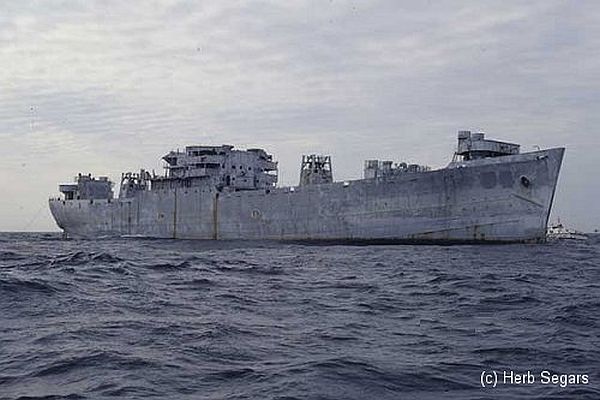
- Type:
- artificial reef, Andromeda class attack transport ( freighter ), U.S. Navy, also known as a "Victory Ship", although often incorrectly referred to as a Liberty Ship
- Name:
- One of a series of Navy transports named for stars;
Algol is a star in the constellation Perseus, also known as the Demon star. - Built:
- 1943; Oakland CA USA, as James Barnes
- Specs:
- ( 459 x 63 ft ) 13910 displacement tons, 429 crew *
* this figure almost certainly includes embarked Marines - Sponsor:
- Federal Aid in Sportfish Restoration
- Sunk:
- Thursday November 22, 1991 - Sea Girt Artificial Reef
- GPS:
- 40°06.545' -73°41.450'
- Depth:
- 145 ft +, starts at 70 ft, main deck at 110 ft
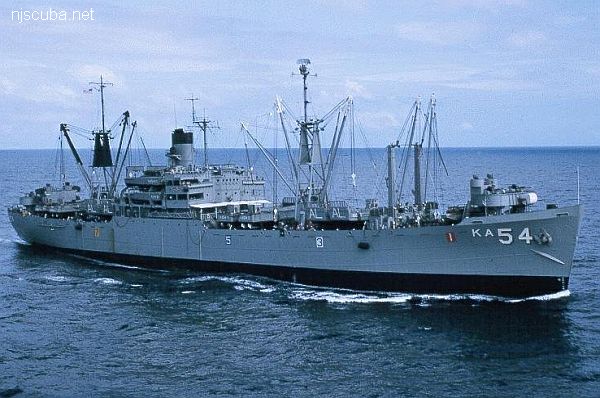

The Algol ( AKA-54 / LKA-54 ) was a Navy transport ship that had a long and successful service career from World War II to the Cuban Missile Crisis. See below for the complete and official Navy history of the vessel. After lying in the mothball fleet at Norfolk for some twenty years, she was transferred to the New Jersey Artificial Reef Program and sunk with little fanfare, unlike the much-hyped ( and not much bigger ) Spiegel Grove in Florida.
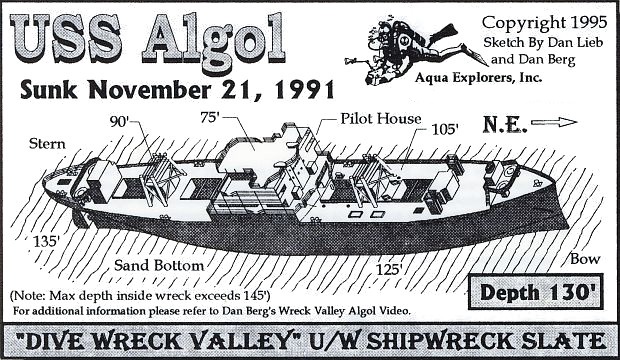
This is the largest vessel yet used in the New Jersey Artificial Reef Program, and ranks as one of the largest vessels ever used as an artificial reef anywhere. She is also the largest vessel of any kind sunk in this region ( excluding the Andrea Doria, ) narrowly edging out the San Diego in tonnage.
The Algol is completely intact, upright, and huge. It would take several trips to fully explore it, without doing any penetrations. A good dive can be had on this wreck at almost any depth you want, from the top of the superstructure at 70 ft to the main deck at 110 ft to the sand at 140 ft. Since its sinking, currents have scoured out a hole around the hull that is significantly deeper than the 125 ft of the surrounding area. The bow was completely undercut for 20 to30 ft - you could squeeze under it at a depth of perhaps 150 ft if you wanted. Depth to the sand is somewhat less at the other end, but the rudder and propeller are gone, so it's not as interesting as it could be. The cargo holds are also quite deep but are filling up with silt.
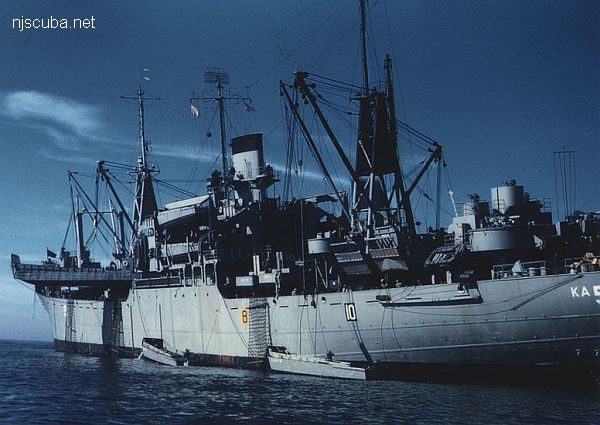
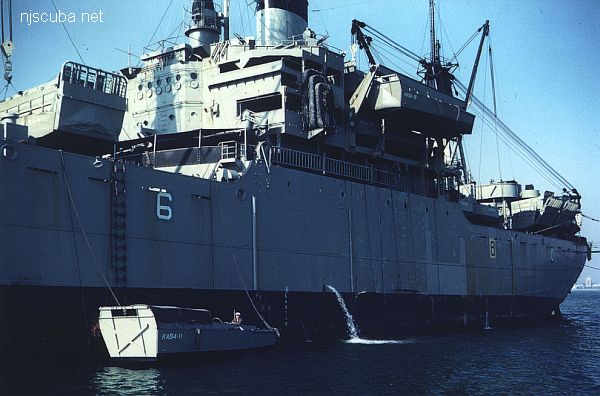
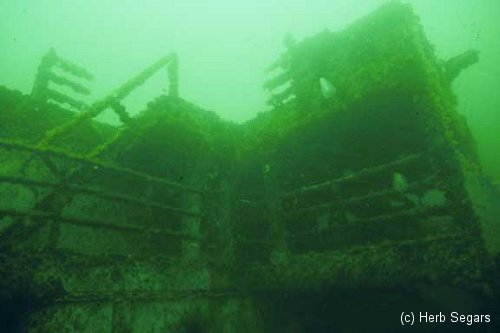
Since it is sunk as an artificial reef, considerable effort was put into cleaning and opening up the Algol before it was sunk. All windows and doors are removed, as well as the cargo hold hatches. As a consequence, there are many areas that can be penetrated easily, including much of the superstructure and the cargo holds. Because of its multi-level nature, the Algol is often used for advanced training dives.
No part of either the hull or the superstructure has even begun to collapse yet - even catwalks and railings are solidly in place. The superstructure is like a large three-story building. The smokestack has been removed, leaving an ugly teardrop-shaped scar that can be used to orient yourself. The fat end of the teardrop points toward the bow, and the narrow end points toward the stern. At the bow and stern, paired tubs for anti-aircraft guns are still evident. There is a large hole into the hold in the port-side hull near the sand below the superstructure, where a hull plate has fallen away.
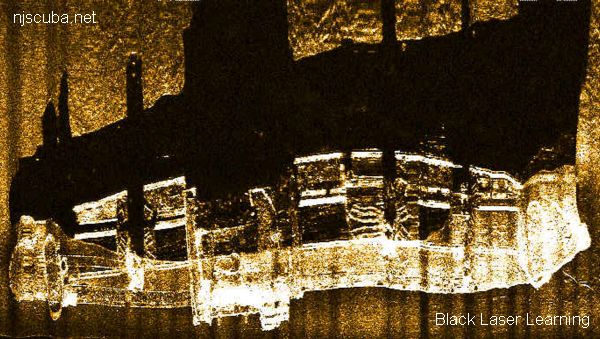
Current at wreck level can be anything from slight to very strong and is also very changeable. I have seen it reverse 180 degrees between the first dive and the second. Current at the surface is not usually a problem. There is generally a thermocline between 80 and 100 ft.
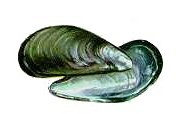
The ship has acquired a nice covering of marine life. The Algol is renowned for its mussels, which are all over the top of the superstructure. Large lobsters, Blackfish, and other types can be found here, although I do not consider this to be a particularly good hunting wreck. For all its immensity, spearfishing is rather poor, and for lobsters, you must go all the way down to 140 ft or more. Lobsters are more common on the clay bottom 30-60 ft away from the hull, if you insist. There are still some brass artifacts to be found inside the ship, and on a wreck this size you are also bound to find something to take pictures of if that's your interest.

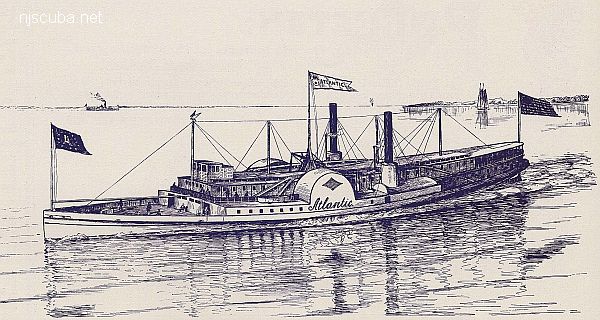
Questions or Inquiries?
Just want to say Hello? Sign the .